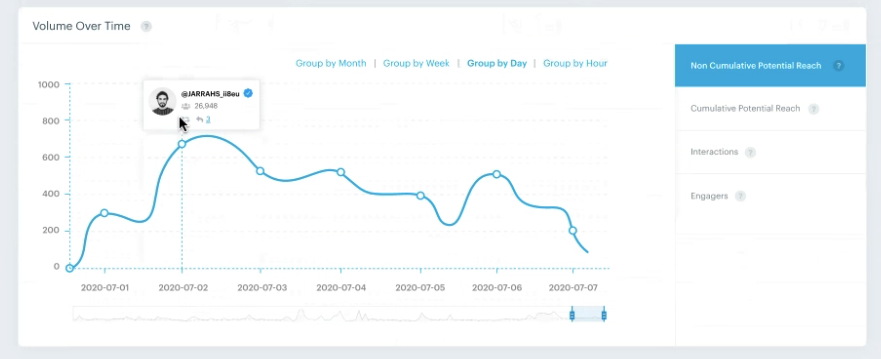At its heart, customer analysis is a very simple process. First, you pinpoint your target customers. You can use demographics for this, such as age range, location, income level, or size of their household.
Next, you identify their needs. This can come from their demographics, or you can use psychographics for more insights.
You need to know their needs so you can see if your service meets those needs. Think about what needs they have that your telecom solution can meet.
Now analyze how well your services meet their needs. You can use the conclusions from this analysis to drive your decision-making.
Wondering how to use customer analysis to improve decision-making? Read on to learn more.
How to Use Customer Analysis for Decision-Making
You'll run your consumer analysis using collated data. This brings together your data from:
- Call centers
- Technical support records
- Survey feedback
- CRM systems
- Social listening

Once you have data from your varied sources, begin to analyze the response. See what customer problems you can pinpoint using the data. What common issues do customers have? This helps you decide which problem needs your attention first.
You can also look at customer preferences from their feedback to see what features to roll out next. This means you can satisfy customers, thus lowering your churn rate.
Marketing
We'll use marketing as a customer analysis example. You want to know what makes a customer buy your services over your competitors. Knowing this will guide your decisions for your next marketing campaign.
Let's look at an example. You analyze your data and discover why your customers choose your telecoms service. It's because you allow them to roll unused 'free' minutes to the next month.
Now you know this is a major buying factor for them, you can emphasize this in your marketing. You know it's important to your existing customers so it will appeal to your target customers.
CRM
You store potential leads and customers in your customer relationship management (CRM) software. This makes it an important source of customer analysis data.
Yet the results of that data can also help inform how you use the software. You might analyze your data to see how people actually make buying decisions.
You can find out how long customers take to make a decision—and why. For example, 49 percent of buyers buy on impulse if they get personalized recommendations.
Who do customers consult while they're making the decision? Which customers have the final authority to make a buying decision?
Knowing this upfront lets you flag these leads in your CRM. Now your sales team knows who to focus on and who to contact.
Segmentation
This analysis also leads to the creation of marketing segments. These let you target leads and customers with precision. They're based on how they interact with your business.
You might create segments for new customers, loyal customers, and unhappy customers. Send them tailored messages. They should solve their specific problems and improve their experience with your service.
When customers get the right information at the right time, it improves their experience with your service.
Start Your Customer Analysis With Lucidya
You can see how customer analysis can drive your decision-making. This leads to faster decisions and more satisfied customers.

It all starts with the collection of high-quality data. That's where Lucidya comes in. Our powerful AI tool collects data and creates comprehensive reports to inform your customer data analysis.
Book a demo today and see how quickly you can collate the information you need to make good business decisions.
